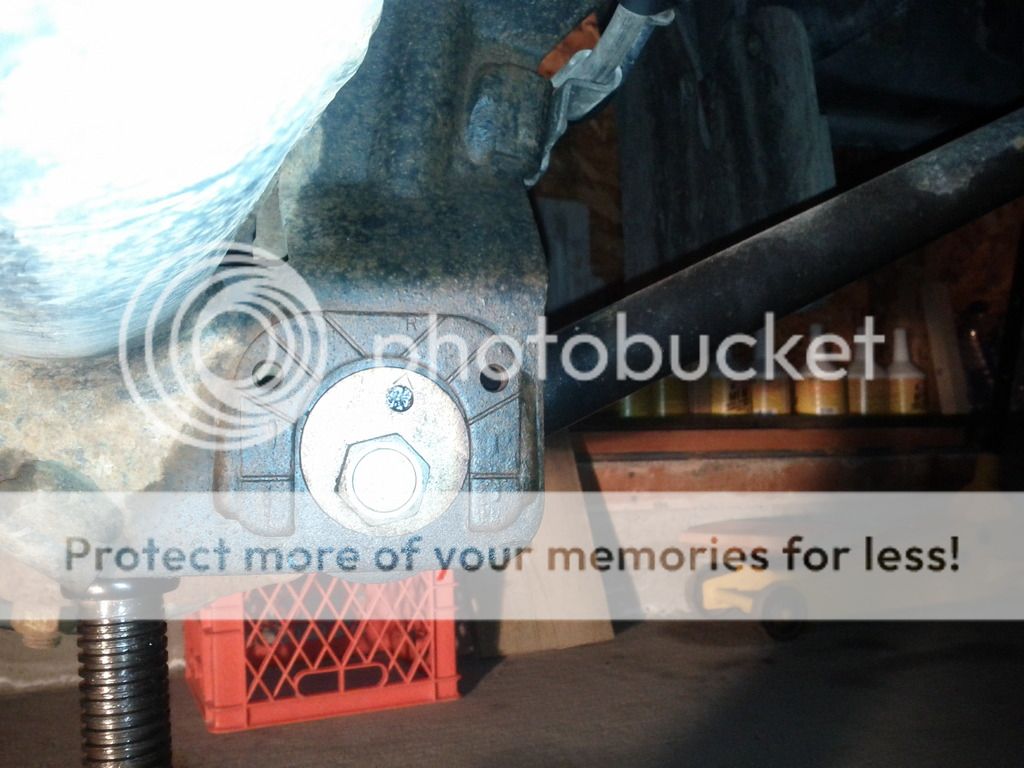Hey Everyone,
I am having an issue with my 04.5 3500 4x4. The truck has:
2" Lift
BD Trac bar
BD Steering stabilizer
American Racing wheel adapters
Alcoa 22.5 wheels
Toyo 255/70r22.5 tires
The problem was not apparent when I bought the truck. I test drove it on nice pristine asphalt roads and it drove well. A bit different than my stock '01 but OK. I continued to drive it around town for several months with no trouble.
Then.... I took a trip from Seattle to Walla Walla. As soon as I went over Snoqualmie Pass I started to experience some funky steering feel. When I turned off onto a back country two lane that was a bit rough things got really bad. It was like herding cats down the road. Feint left & swerve right.
I thought something had broken. The local repair shop was closed for the duration of my visit so I decided to limp home. When I got close to home it seemed to have gotten much better. I took it to Les Schwab and had the teenagers look it over and test drive it. They told me that everything was fine.
I continued to drive it and it seemed better. Then I took another trip to Walla Walla.... As soon as I hit the East side of the mountains it got scary again... WTF?? Is my truck allergic to Eastern Washington? Afraid of Cougars?
On my third trip over I really played with the symptoms and found that pavement imperfections, potholes, seams in the pavement and especially the "wear ruts" on concrete road surfaces.
Rolling along on good smooth asphalt the truck drives nicely. Driving on rough or rutted road causes the truck to behave unpredictably. Sometimes when making a steering correction or changing lanes the truck is "reluctant" to change direction. I apply a bit more steering pressure and the truck changes direction almost violently and I have to apply opposite correction. potholes cause unexpected attempts to change direction.
I took the truck to a shop that specializes in diesel pickups. The owner was busy but took a few minutes for a quick look at my truck. He seemed quite certain that the issue was the fact that longer control arms had not been installed when the lift kit was installed.
His suggested fix is to install Carli control arms to correct the front axle position caused by the lift kit.
His explanation made sense to me until I started reading about the Carli control arms. The information I read gave me the impression that the Carli arms are the same length as stock.
What do you all think? Carli control arms? Adjustable control arms? Avoid Eastern Washington?
Thanks
S.
I am having an issue with my 04.5 3500 4x4. The truck has:
2" Lift
BD Trac bar
BD Steering stabilizer
American Racing wheel adapters
Alcoa 22.5 wheels
Toyo 255/70r22.5 tires
The problem was not apparent when I bought the truck. I test drove it on nice pristine asphalt roads and it drove well. A bit different than my stock '01 but OK. I continued to drive it around town for several months with no trouble.
Then.... I took a trip from Seattle to Walla Walla. As soon as I went over Snoqualmie Pass I started to experience some funky steering feel. When I turned off onto a back country two lane that was a bit rough things got really bad. It was like herding cats down the road. Feint left & swerve right.
I thought something had broken. The local repair shop was closed for the duration of my visit so I decided to limp home. When I got close to home it seemed to have gotten much better. I took it to Les Schwab and had the teenagers look it over and test drive it. They told me that everything was fine.
I continued to drive it and it seemed better. Then I took another trip to Walla Walla.... As soon as I hit the East side of the mountains it got scary again... WTF?? Is my truck allergic to Eastern Washington? Afraid of Cougars?
On my third trip over I really played with the symptoms and found that pavement imperfections, potholes, seams in the pavement and especially the "wear ruts" on concrete road surfaces.
Rolling along on good smooth asphalt the truck drives nicely. Driving on rough or rutted road causes the truck to behave unpredictably. Sometimes when making a steering correction or changing lanes the truck is "reluctant" to change direction. I apply a bit more steering pressure and the truck changes direction almost violently and I have to apply opposite correction. potholes cause unexpected attempts to change direction.
I took the truck to a shop that specializes in diesel pickups. The owner was busy but took a few minutes for a quick look at my truck. He seemed quite certain that the issue was the fact that longer control arms had not been installed when the lift kit was installed.
His suggested fix is to install Carli control arms to correct the front axle position caused by the lift kit.
His explanation made sense to me until I started reading about the Carli control arms. The information I read gave me the impression that the Carli arms are the same length as stock.
What do you all think? Carli control arms? Adjustable control arms? Avoid Eastern Washington?
Thanks
S.








